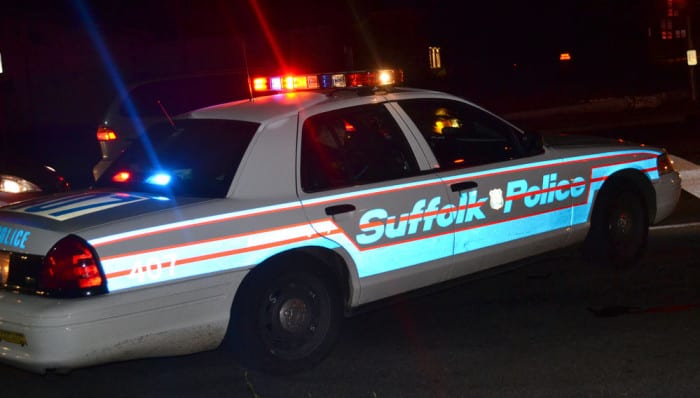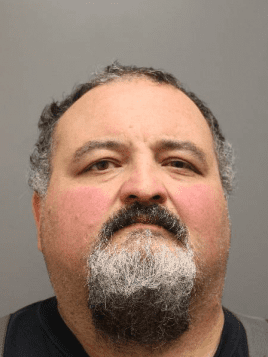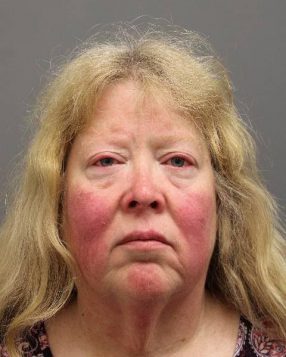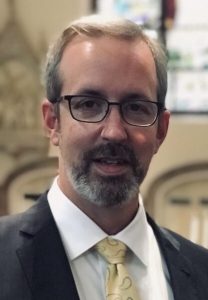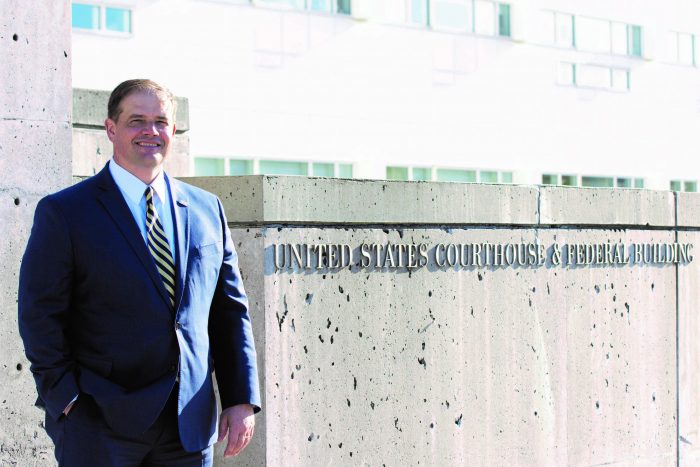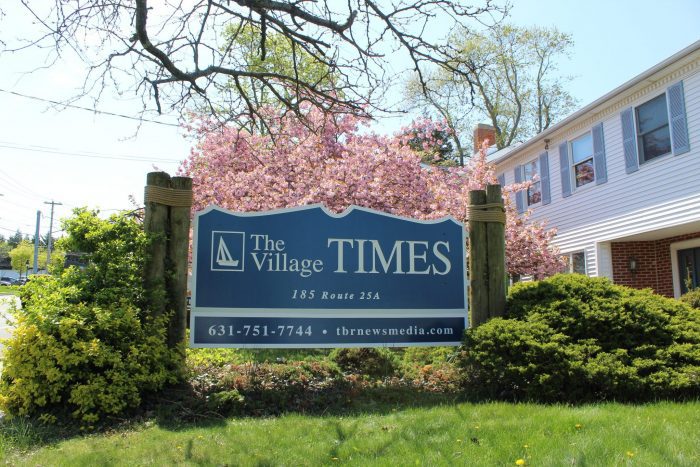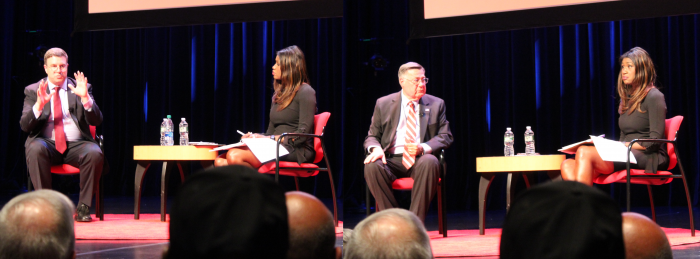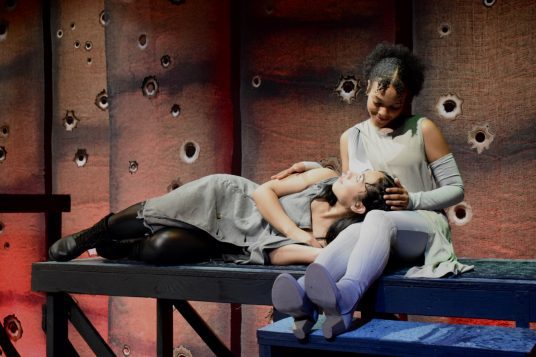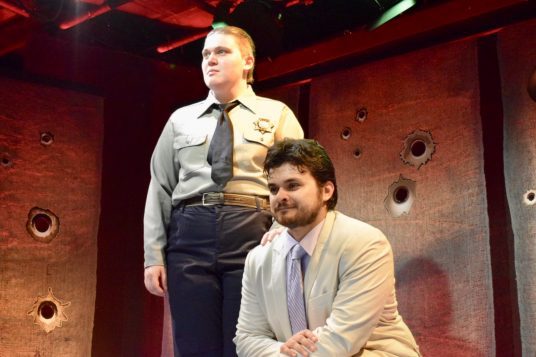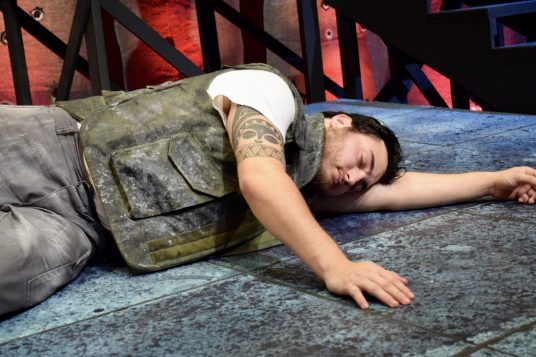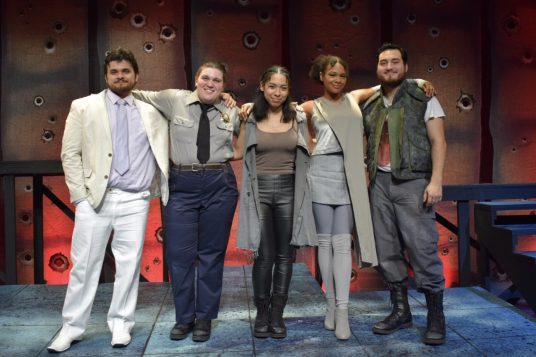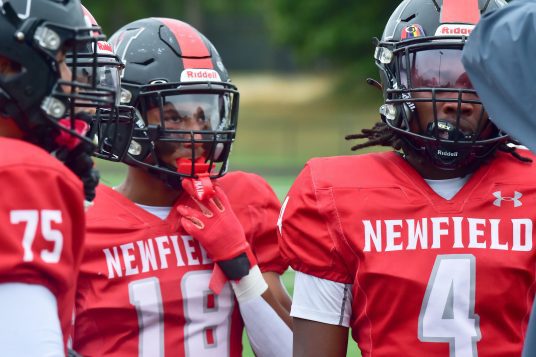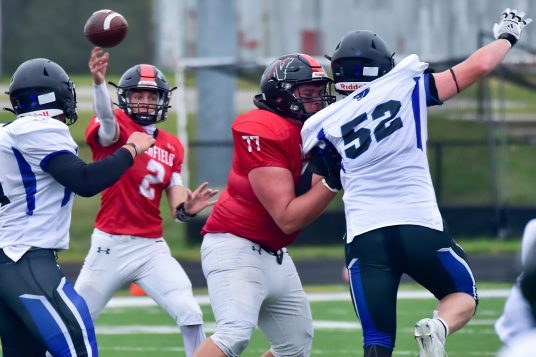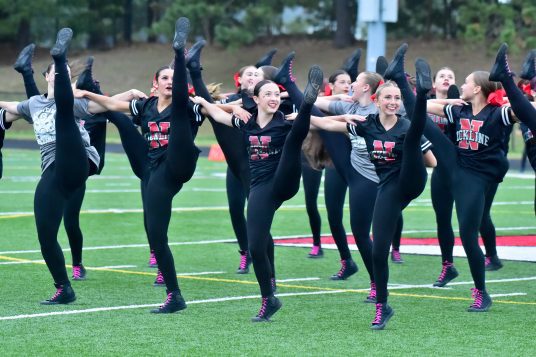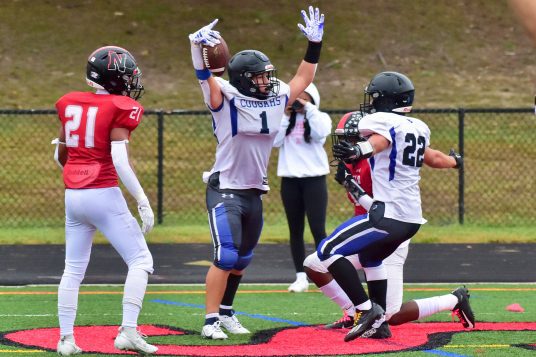Green dreams, commuter realities
Greatly improved service along the Long Island Rail Road’s Port Jefferson Branch is possible and necessary.
The time is opportune. New York’s Climate Leadership and Community Protection Act requires state agencies to move toward zero-carbon emissions. Virtually all local leaders of both parties support green energy for the Port Jefferson Branch. It is among the highest priorities of the Long Island Sierra Club, and it would substantially improve our local economy and real estate values.
This issue needs the attention of Gov. Kathy Hochul [D] as it brings to light the Metropolitan Transportation Authority’s lack of initiative regarding the CLCPA.
There is also the issue of MTA/LIRR accountability to local communities. Relocation of the Port Jeff train station to the Lawrence Aviation Superfund site in Port Jefferson Station would eliminate two grade-level crossing bottlenecks and two rickety, narrow bridges — one of which the state has agreed to repair at great expense.
The LIRR has spent hundreds of millions of dollars eliminating grade-level crossings in Nassau County. Moving the station to Lawrence Aviation would be vastly less expensive than any of the Nassau projects.
LIRR planners suggest they want to electrify and “double track” the Port Jefferson line – not in our lifetime. I believe this is a “deal killer” pitched to prevent anything from being done. The LIRR planners admit that more land must be acquired by eminent domain to double track. This clearly gives the planners an excuse to spend money elsewhere.
The LIRR planners state it is not feasible to electrify the Port Jefferson Branch because there is insufficient ridership to sustain the investment. What was the population density along the Ronkonkoma line when they electrified the Ronkonkoma Branch? The LIRR planners strip ridership off the Port Jefferson Branch and then tell us the ridership will not sustain the investment.
To the MTA and LIRR, create a “one-seat ride” for the people of the North Shore. A ride that can go from Port Jefferson to Manhattan, “a better ride.” It is time to put our feet in the starting blocks.
And remember: We pay taxes, too.
Bruce Miller
Port Jefferson
Kornreich’s advocacy efforts spur local victory
It’s not simply about what our elected officials promise, but what they actually do. I just read your article, entitled, “Local candidates appeal to Three Village voters at civic meeting“ [The Village Times Herald, Oct. 5, TBR News Media]. Councilmember Jonathan Kornreich [D-Stony Brook] is quoted in the article, stating that he has concerns with overdevelopment in the Three Village area, and he is particularly frustrated with the public notification process in the Town of Brookhaven. Well, I can tell you firsthand that he has done something about it.
I recently moved into an established condominium complex in Setauket. Shortly thereafter I attended a meeting, set up by Kornreich wherein he informed my neighbors and me about a development proposal pending on a lot behind many of our homes. The development proposal was extremely ambitious and would have retired deed restrictions on several acres of previously covenanted, protected natural buffer (open space) in order to construct a new road. After the meeting, a few of us asked Kornreich to put us in touch with the developer of the project, which he did. We met with the developer and the councilmember several times over the last six months, in a process facilitated by the councilmember. We convinced the developer to dramatically change his proposed project in a way that would eliminate the need for the road and a new entrance (the project involves adding to an existing senior, luxury apartment complex). The outcome was a big win for the (our) environment, as several acres of open space were spared.
Last night, Oct. 3, everything was formalized at the required public hearing at Town Hall regarding the project. The first town-required public notice had been mailed to surrounding land owners just a few weeks prior. At the conclusion of the hearing, the Town Board formally approved the rezoning required for the project, contingent on the non-disturbance covenants for which the developer originally sought relief staying in place. How did this happen? How did we end with a noncontentious hearing, an acceptable development project and preservation of threatened open space? It took early work with the community, long before the actual site plan and rezoning application hearing; early work initiated and enabled by Kornreich’s outreach to our community. That is actually ”doing.”
Bill Spitz
Setauket
Jen Hebert’s vision for Huntington
Jen Hebert is running for the Huntington Town Board in the upcoming November election.
I strongly believe she’s the best possible candidate for the job. She brings vast experience from her nine years serving on the Huntington Board of Education. She also ran a local nursery school for many years, so she understands the challenges of being a small business in our town. Most importantly, Jen has experience representing her neighbors and being a voice for our community.
As a school board member, Jen fought tirelessly for Huntington students, staff and families. But she was also a careful and respectful steward of taxpayer money. Jen was completely dedicated to the job of school board trustee, almost never missing a meeting or event in the nine years she served.
During her time on the board, Jen worked to strengthen the curriculum, add extracurricular programs, improve and modernize district buildings, and build community trust in the board of education. Jen was also an integral part of the team that found a path to reopening the Jack Abrams school as an innovative STEM magnet school.
Huntington needs a proven leader like Jen Hebert on the Town Board. She’s an independent thinker, and has the experience and integrity we need and deserve.
Cathy Ribando
Huntington
Examining recent claims at Port Jeff village board meeting
I am compelled to address the comments made by trustee Drew Biondo during the recent Port Jefferson board meeting, specifically concerning alleged ethical violations of the previous administration. These statements, in my view, were not only unfounded but also potentially damaging to the harmony and trust of our community.
First, it is crucial to highlight that the current mayor, Lauren Sheprow, and Deputy Mayor, Rebecca Kassay, were both active and essential members of the very administration trustee Biondo criticized. They sat beside him during the meeting, serving as living reminders of their consistent dedication to the community’s welfare. Even more insulting was the fact that trustee Stan Loucks, another target of these accusations, was not present at the meeting to defend himself or respond. Such an approach is neither fair nor conducive to fostering an atmosphere of mutual respect. The trustees voted on all resolutions with integrity and a deep commitment to the community’s best interests. To levy such hefty accusations against them, especially when they were an integral part of the decisions made, is both dangerous and misleading.
The auditors have spoken, and their verdict is clear: The past administration has left healthy reserves of $1.8 million and a balanced budget. No violations or significant discrepancies were found. To publicly challenge these findings without substantial evidence is not just misguided but irresponsibly accusatory. It is imperative that we, as a community, ensure that our conversations and disagreements are rooted in fact, rather than conjecture or personal bias.
The placement of trustee reports after the public comment section in board meetings also deserves scrutiny. This order denies the public an essential opportunity to respond or reflect on the reports presented, undermining the spirit of community engagement and open dialogue.
But, beyond these immediate concerns, it is essential to note the broader implications.
Port Jefferson is at a pivotal moment in its history. Rather than becoming entangled in conspiracy theories and chasing elusive “smoking guns,” we should channel our energy toward tangible progress and collaboration. Clinging to unfounded accusations and creating obstacles only hinders our collective efforts to move the village forward. Our shared goal should be to build a stronger, connected community that thrives on mutual trust and shared ambitions.
Every comment, every decision and every action should move us closer to that goal. Let us put aside personal vendettas and focus on the broader vision for Port Jefferson — a village of progress, cooperation and shared dreams.
Let us work together, with facts and mutual respect, to ensure the bright future Port Jefferson deserves.
Traci Donnelly
Port Jefferson

